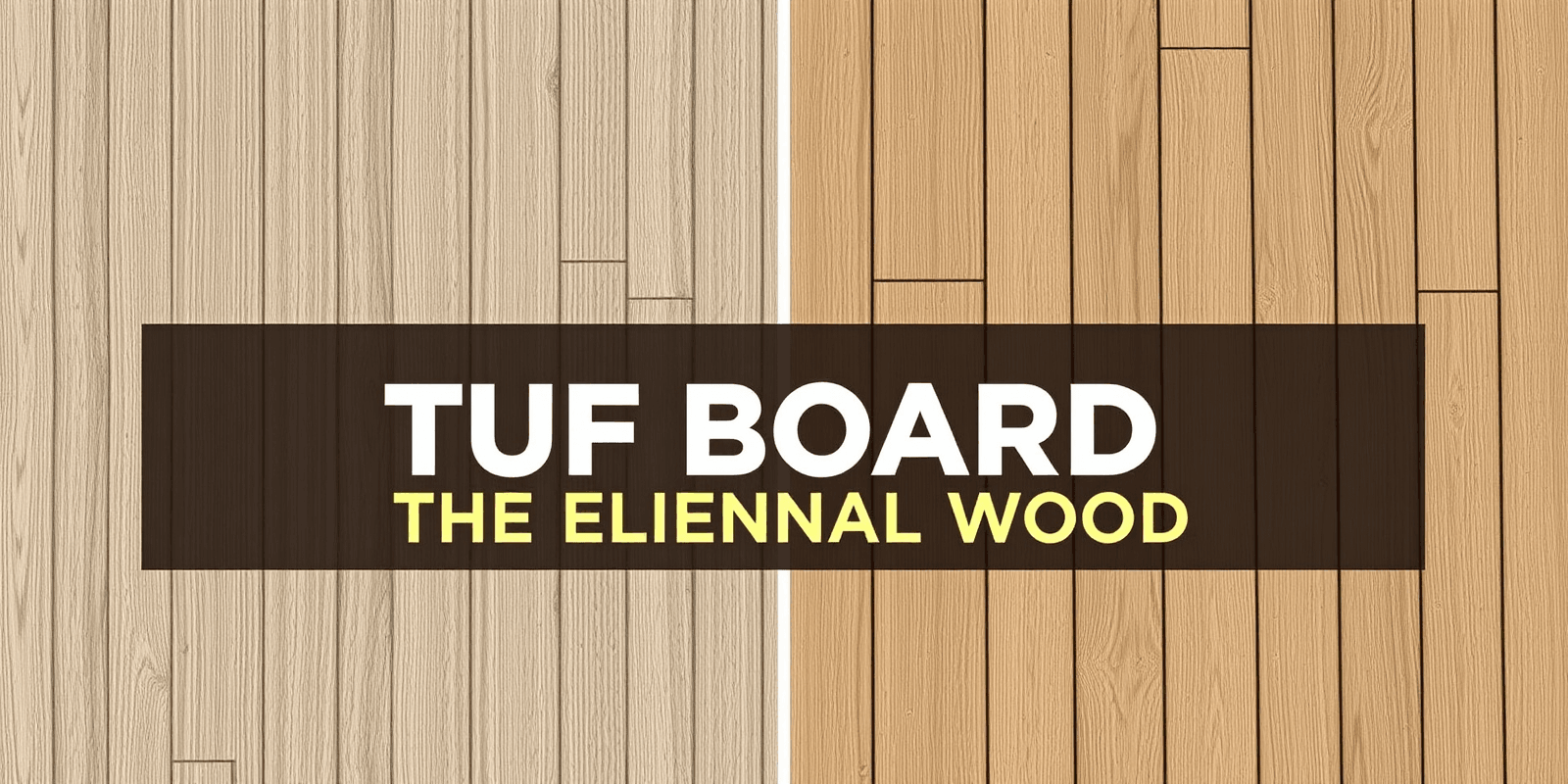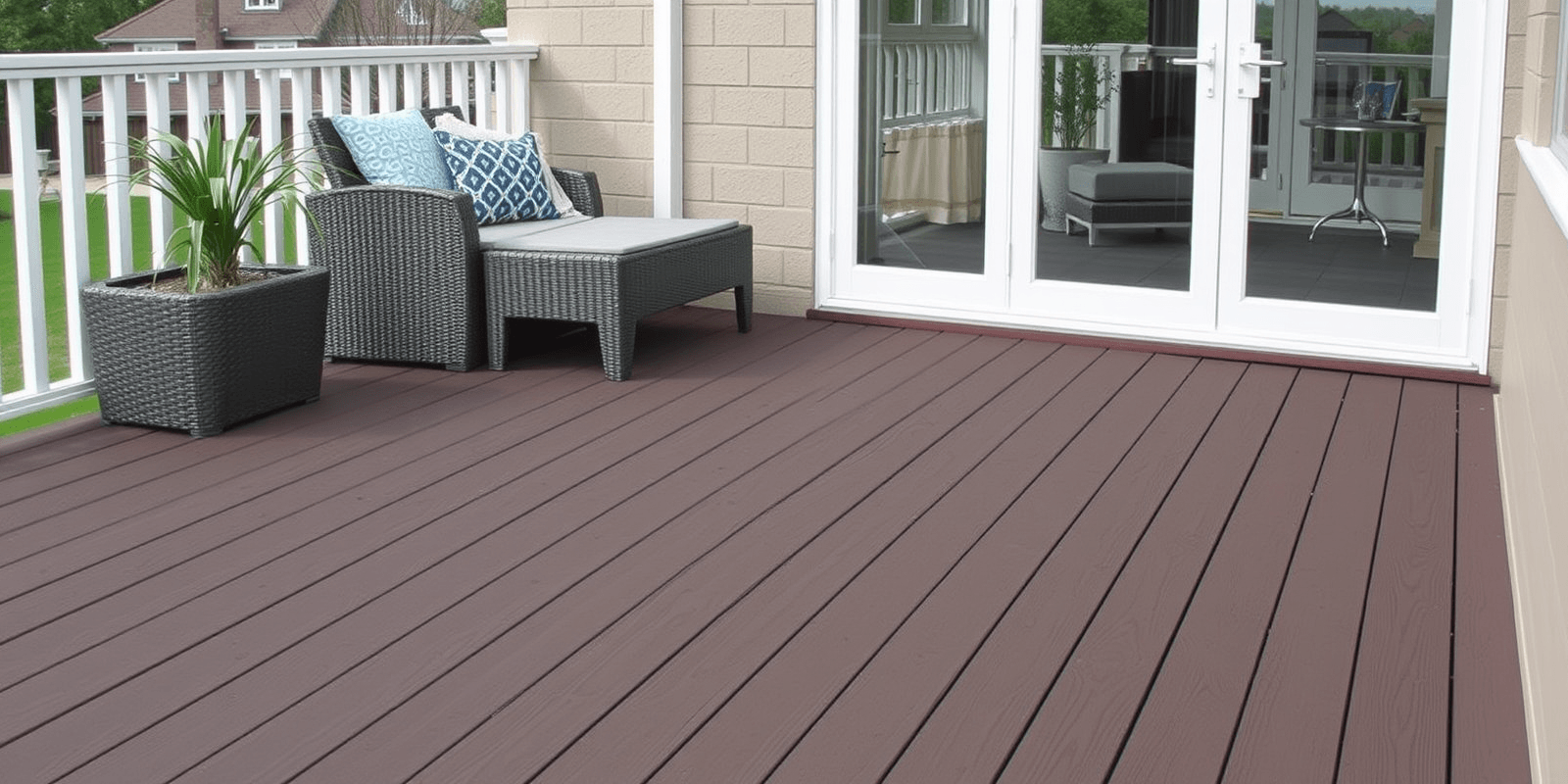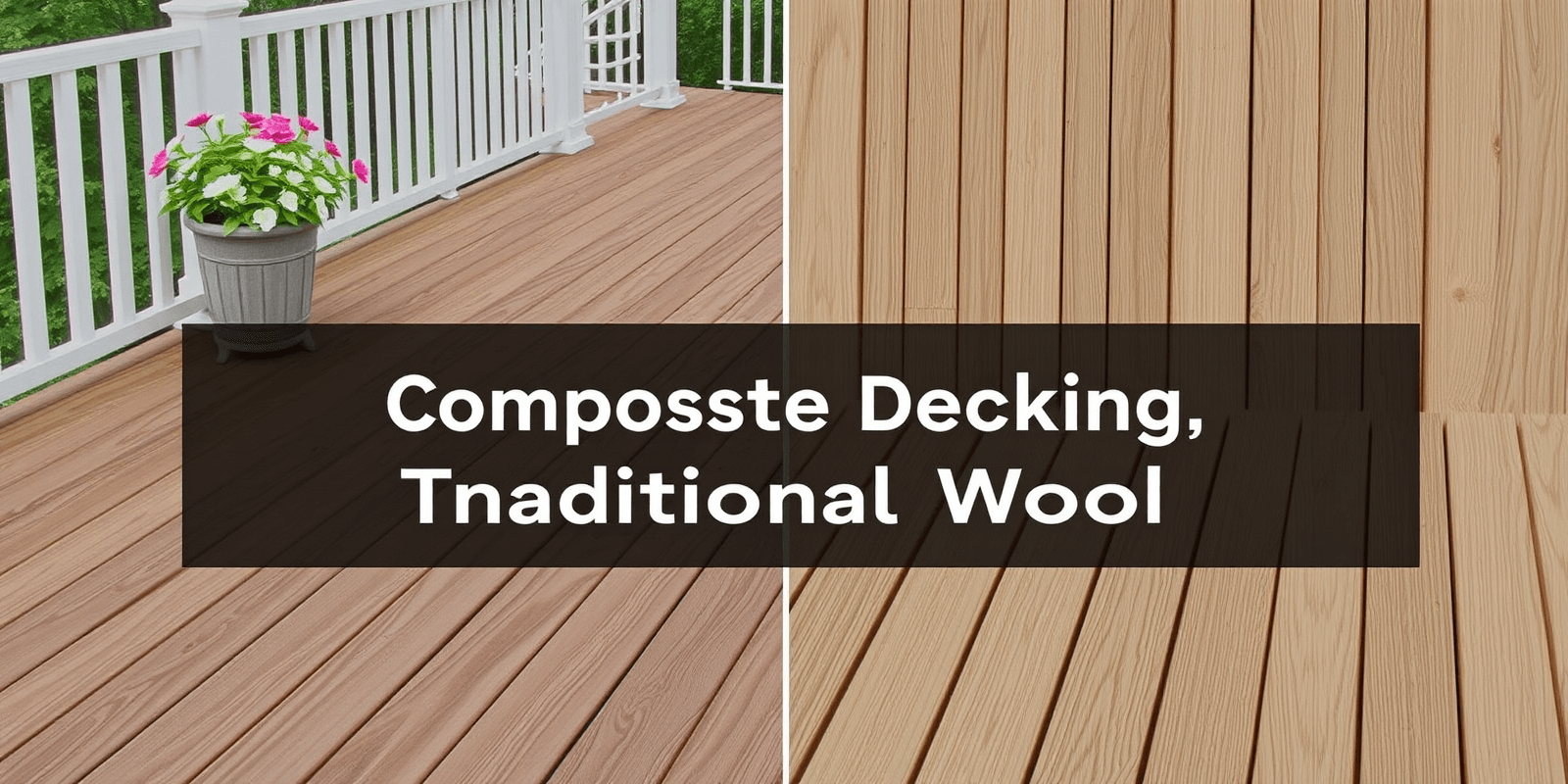“`html
TUF Board Composite Decking vs. Traditional Wood: The Ultimate Comparison
Introduction
In the world of outdoor living spaces, choosing the right material for your deck can significantly impact its longevity, aesthetics, and overall cost-effectiveness. Two popular options are TUF Board Composite Decking and traditional wood. This article delves into a comprehensive comparison of these materials, covering aspects such as durability, environmental impact, initial cost, and long-term savings.
Durability
TUF Board Composite Decking: TUF Board Composite Decking is renowned for its exceptional durability. It is resistant to rot, moisture, insects, and UV damage, which means it requires minimal maintenance over time. This makes it an ideal choice for homeowners looking for a low-maintenance option that stands the test of time.
Traditional Wood: Traditional wood decks are susceptible to various environmental factors. They can warp, crack, and splinter over time, especially if not properly maintained. Regular sealing and staining are necessary to extend their lifespan, which adds to the overall cost and effort required for upkeep.
Environmental Impact
TUF Board Composite Decking: While TUF Board Composite Decking is made from recycled materials, its production process involves significant energy consumption. However, it offers a sustainable alternative by reducing the demand for virgin timber and minimizing waste in landfills. Additionally, it does not require chemical treatments, which reduces environmental pollution.
Traditional Wood: Traditional wood comes from sustainably managed forests, making it a renewable resource. However, the logging process can have adverse effects on ecosystems. Furthermore, the frequent need for chemical treatments and sealants can contribute to environmental pollution.
Initial Cost
TUF Board Composite Decking: The initial cost of TUF Board Composite Decking is generally higher than traditional wood. However, this premium price reflects its superior quality and longer lifespan. Homeowners should consider the long-term benefits when deciding on the initial investment.
Traditional Wood: Traditional wood is typically less expensive upfront. However, this cost advantage diminishes when factoring in the regular maintenance and replacement costs associated with wooden decks.
Long-Term Savings
TUF Board Composite Decking: Over time, TUF Board Composite Decking proves to be more cost-effective due to its minimal maintenance requirements. Homeowners save on labor costs and the need for frequent replacements, resulting in substantial long-term savings.
Traditional Wood: Traditional wood decks require ongoing maintenance, including sealing, staining, and repairs. These recurring expenses can accumulate over time, leading to higher overall costs compared to TUF Board Composite Decking.
Conclusion
When weighing the pros and cons of TUF Board Composite Decking versus traditional wood, it’s essential to consider both immediate and long-term factors. TUF Board Composite Decking offers unparalleled durability and sustainability, albeit at a higher initial cost. In contrast, traditional wood provides a more affordable option but demands more maintenance and incurs greater long-term expenses. Ultimately, the best choice depends on individual preferences, budget constraints, and long-term planning.
“`



